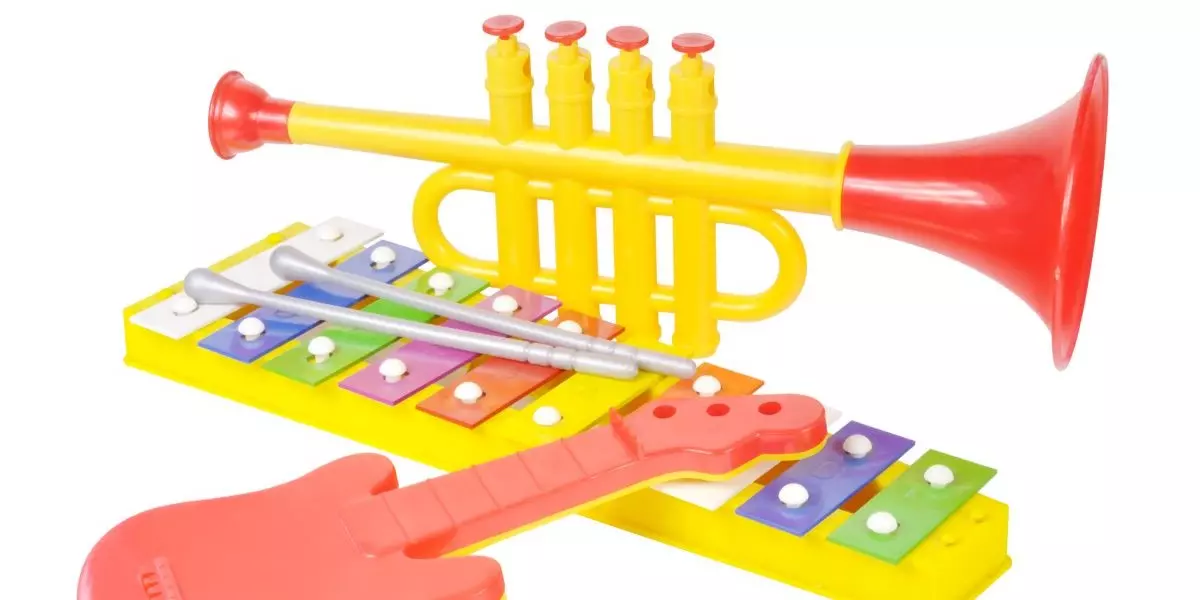A Simple Way to Learn a Song in Half the Time
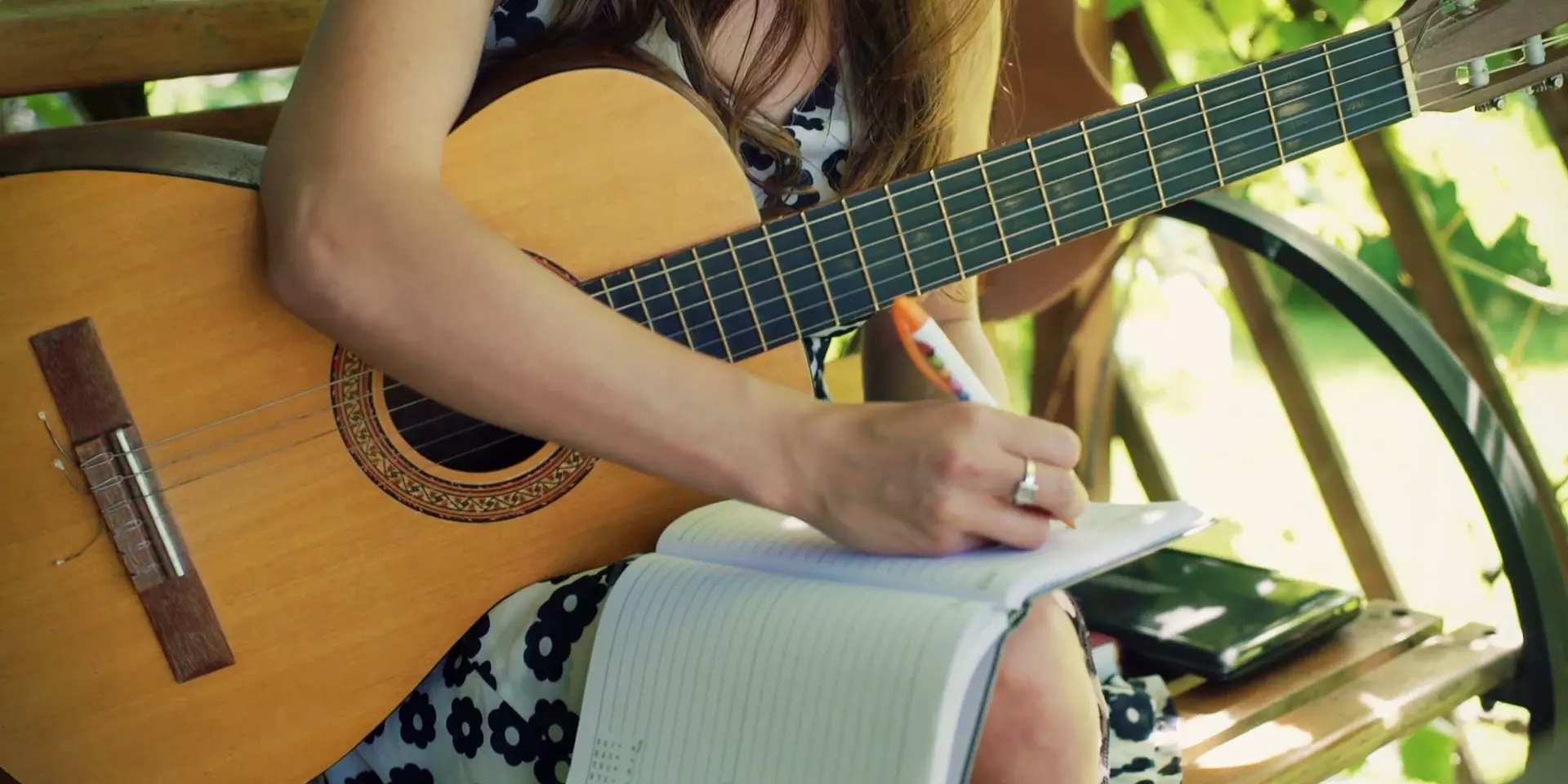
Most of us learn songs from the internet these days, using a combination of lyrics with chord symbols posted above the words, and YouTube videos of someone teaching the song by breaking down the various sections and demonstrating how to play them on the appropriate instrument.
We go through the words and chords, study the demo, and learn the specific moves of that song on our instruments. For most of us, it takes a number of repetitions before we start to get it. To help us play the song while we are still learning, we format a copy of the words and chords, print out a hard copy for our binders, or add it to our digital song library on our iPad or laptop.
Be comfortable while practising. Check out these stands for your sheet music and binder or secure your tablet or laptop using these stands and accessories.
The conventional method of placing chord symbols above the lyrics is not the most effective visual presentation for learning the song because it doesn’t clarify the underlying structure of it. The main reason for this is that the words forming the lines and stanzas on the printed page are being used like a clothesline that the chords symbols are hung on, using as few as possible to indicate where to change chords, but not enough to reveal the full chord structure underneath the words. It’s like trying to learn the floorplan of a house by looking at the roof, and what you really need is to get down into the basement and take some measurements.
What this “clothesline” format is good for is performing a song you don’t know well, off a page in front of you - Just the essential information to navigate your way through is included, and visual clutter is minimized, so you can always see just the essentials. However, even with many repetitions, this approach doesn’t help us to understand the foundation of the song, and that makes it more difficult to memorize.
A simple technique that remedies all this is making a chart of the chord progressions by writing out the chord letters in groups of 4 across the top of the page, or in the margins if they are wide enough. This 4-chords-across format is an overlooked, yet powerful component of the famous Nashville Number System which was covered in a previous magazine issue, where the chords of songs are written out in the numbers that represent them in 4-numbers-across rows, allowing players to quickly get an overview of the entire song, verses, chorus, bridge, etc.
Beginners and recreational players who might not have their letter/number correspondences completely memorized can tap into the power of the Nashville Number System by just using the letter names of the chords of the key they want to learn the song in, in place of the numbers.
In other words, one can derive great benefit by using just the format of the Nashville Number System, without actually using the numbers! You’ll find that making a “4 across” chart or “chord map” will get you down into the” basement” of the song and get your measurements, allowing you to understand its floorplan, and learn it much faster, than other approaches.
Taking a simple folk song like Tom Dooley, for example, in the key of C, the chart would look like this: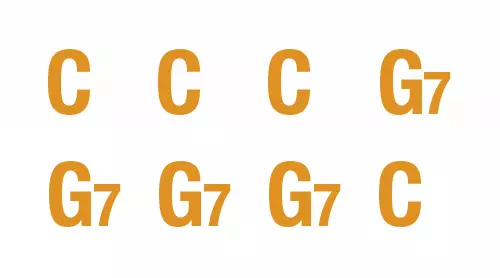
Here is a 12-bar blues progression in E:
This is the Spiritual/Gospel progression that accompanies Oh When the Saints, This Train is Bound for Glory and Swing Low, Sweet Chariot: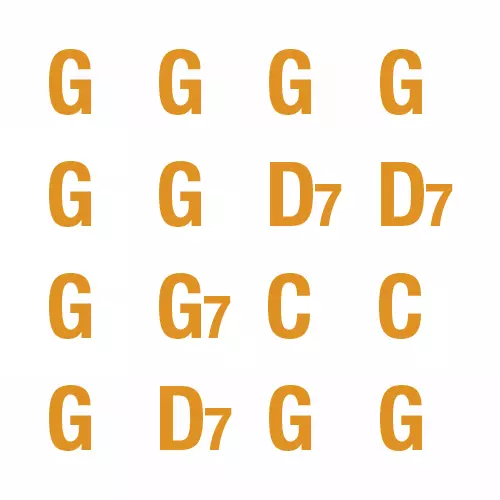
This is an Americana/Bluegrass progression for I’ll Fly Away and Will the Circle be Unbroken:
If you want to begin learning the number system, you can add in “training wheel” numbers in smaller font below the letters, or make a second chart using numbers to the side of the letter chart. Here is the progression for Tom Dooley again, which is also used for Tulsa Time:
If you do this, you will be well on your way to using the full Nashville Number System.
When you come across split bars, that is there are 2 chords in the bar, usually for 2 beats each, you can write it as a fraction, e.g. C/G, means a measure with 2 beats of C (on 1 and 2) and 2 beats of G (on beats 3 and 4). In the rarer case of a split bar with 3 beats of 1 chord, with a different chord on beat 4, it can be notated like this: 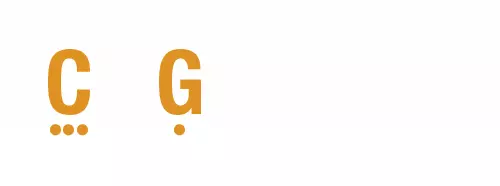
to indicate 3 beats of C and on beat 4 you switch to G.
To illustrate, here is the chord progression for Happy Birthday in G, which is in 3 time, i.e. 3 beats or foot taps per measure.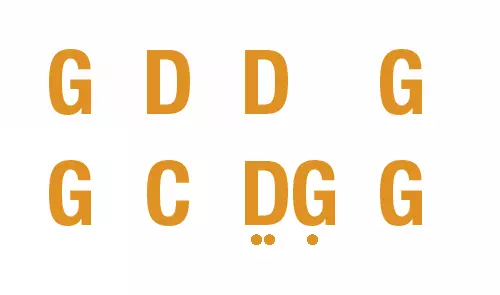
You will find that simple songs can be mastered almost instantly, and more complex songs can be understood by chunking down into sections, e.g. verse, chorus, bridge, pre-chorus, intro, outro, etc. and each section can be mastered within itself, before reassembling them back into their overall position.
You will recognize patterns, repetitions, the function of different chords, etc. all of which will allow you to learn the song in about half the time that it would take using your old system.
In summary, a simple way to quickly learn a song is to use the format of the Nashville Number System, without the numbers, by writing out a “4- chord- across” chord map of the song.
Happy music making!
* * *
Tracey Newmann is a multi-instrumentalist, singer-songwriter and music teacher who specializes in accelerated learning techniques for adult beginners and recreational players.
He works at Long & McQuade in Edmonton.



